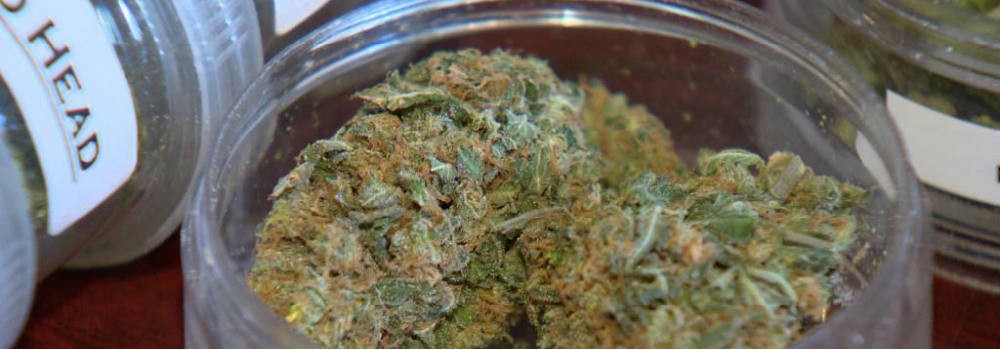Canada’s Push for Pot
New regulations are put in place for medical marijuana production
By Allie Brogan, Staff Writer
The Conservative government has launched a new a $1.3-billion free market in medical marijuana. Health Canada decided to phase out supplying patients with weed through small-scale and homegrown marijuana, while having suspicions of it originating from the black market.
In order to start supplying the suspected 450,000 Canadians who will require medical marijuana in the future, large indoor farms will now be licensed to supply the product. The RCMP will certify the farms in combination with health inspectors who will package and distribute the weed. It will then be delivered in secure carriers across the country.
156 firms have already applied to be selected to produce this product; the first two received their licenses mid September. Health Canada announced they would be putting no restriction on the number of facilities that will be licensed.
The next six months will be used by Health Canada to transition out of the old way of producing pot to the new one. In the old system, small grow-ops were allowed to produce weed for two patients at a time. Patients who also currently grow their own marijuana will no longer be allowed to do so under the new regulations.
The Liberal government is also jumping on board with the push for pot but in no relation to Health Canada. Chuck Rifici, senior advisor to Trudeau, has put in a bid to license an old factory in Smith Falls to produce weed. He mentioned nothing of Health Canada’s plans but said his efforts were in place to help a struggling community gain more jobs.
Medical marijuana currently retails for $5 a gram, but it is said the price will rise to around $7.50 under the new production of the product. There are hopes that competition within the field will keep prices moderately affordable for patients.
Some provinces are begging to cover the cost of users’ medical marijuana in situations where the patient is found too ill to work or have means to pay for it themself. The product is not yet at an official drug status, meaning apart from pressure, there is no actual need for provinces to be paying.
The medical marijuana program has been in place for over 12 years and is about to grow dramatically over the next 11. It is projected that the number of current users, 37,400, will rise to 450,000 by 2024.
Allie Brogan is a journalist who has recently graduated form Conestoga Colleges broadcast journalism program, after attending Wilfrid Laurier University. She is currently a freelance writer with special interests in news and business.
Photo courtesy to Canada.com & globalnews.ca































Share the post "Canada’s Push for Pot"